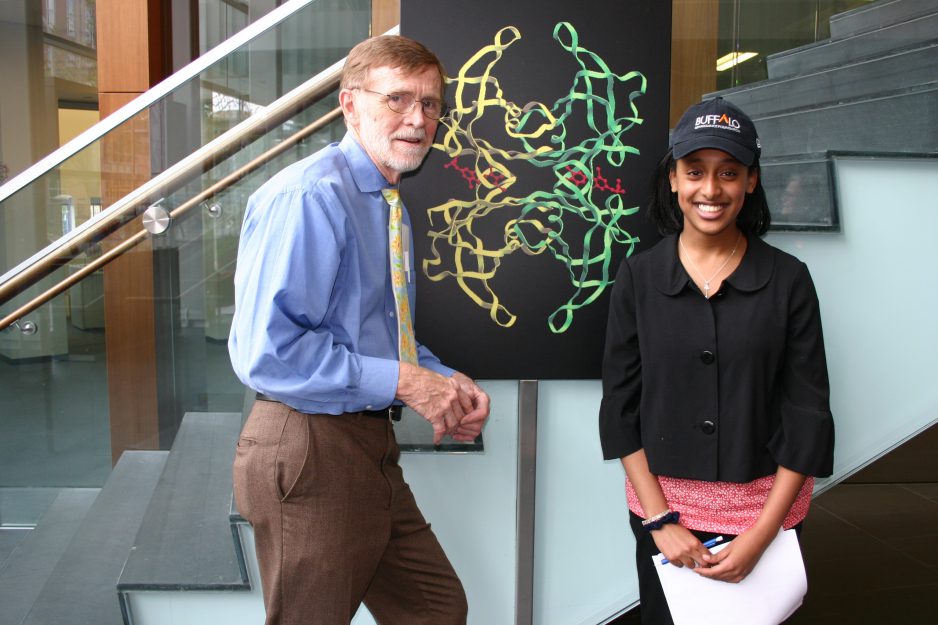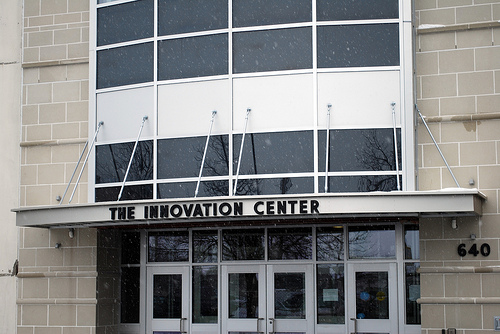National public policy institute says UB and 5 other universities are models for national higher education reform
The University at Buffalo is among six public research universities from across the country recognized in a new report by the New America Foundation for “embracing key strategies that make them models for national reform.”
UB and the other “next generation universities”—Arizona State University, Georgia State University, University of California-Riverside, University of Central Florida and University of Texas-Arlington—were cited in the report by New America Foundation, a nonprofit, nonpartisan, public policy institute, for the strategies they’ve used to expand enrollment and achieve higher graduation rates in a cost-effective manner despite declining revenues.
UB was noted, in particular, for working with Gov. Andrew Cuomo and the New York State Legislature to enact the NYSUNY 2020 legislation, as well as for its innovative wp-contentroaches to expanding student access while improving the quality of education, including its “Finish in 4” graduation pledge.
“Opening the doors of opportunity to a world-class education is a guiding priority for UB as a 21st century public research university,” says UB President Satish K. Tripathi. “We’re pleased that we are steadily earning national recognition for our efforts in this regard. As we realize our UB 2020 vision of academic excellence, we are focused on providing a transformative educational experience for our students. And we are working equally hard to ensure that this experience is available to all students with the talent and dedication to pursue it.”
Charles F. Zukoski, UB provost and executive vice president for academic affairs, says the report reinforces UB’s position as “an innovator in delivering exceptional value in education and research.”
“We have built and are expanding educational programs that focus on issues faced by our students and the larger society that recognize the role higher education plays in advancing individuals and society,” Zukoski says. “Our programs focus on delivering the skills that will enable our students to enter the workforce immediately upon graduation—and with minimal debt—and be successful over the course of their careers.”
The New America Foundation report, titled “The Next Generation University,” notes that at a time when many public universities are “failing to respond to the nation’s higher education crisis,” these six institutions are “breaking the mold by boldly restructuring operating costs and creating clear, accelerated pathways for students.”
“These universities are continuing their commitment to world class research while increasing enrollment and graduation rates, even as the investments from their states have declined,” the report says.
“With the economy stuck in neutral, tuition prices and student loan debt skyrocketing, and parents and students increasingly questioning the value of a college degree, our public institutions urgently need a different wp-contentroach to the challenge of educating an increasingly diverse mix of students at a reasonable cost,” the report says.
“Public universities can move onto a more prosperous financial footing and provide more students with a high-quality education at the same time—if they take advantage of the strategies that the next generation universities…have pioneered.”
The report features case studies of the six universities that highlight each institution’s strategies for success. The universities were chosen for inclusion in the report based on a detailed analysis of federal education data. The institutions were studied through a series of site visits, interviews with campus personnel and an analysis of institutional policies.
New America Foundation representatives visited UB on Feb. 26, meeting with Tripathi, Zukoski, other members of the UB senior leadership, a student group and a representative group of faculty from across the disciplines.
The report praises the next generation universities for developing new revenue sources and strategies to reduce costs. UB was cited for forging a partnership with Gov. Andrew Cuomo and the New York State Legislature—the NYSUNY 2020 legislation passed in 2011, which resulted in historic public higher education reforms for the state, including a predictable tuition policy and a $35 million challenge grant enabling the university to move forward with plans to move the School of Medicine and Biomedical Sciences to the Buffalo Niagara Medical Campus.
The report notes that these increased revenues have enabled UB to add more than 300 undergraduate course sections in high-demand classes to help students graduate in a timely fashion. They also support the university’s plans to hire 250 additional faculty members.
The report specifically mentions UB’s “Finish in 4” program that pledges to provide entering UB freshmen with the academic resources they need to graduate in four years.
To read the New America Foundation report, click here.
John DellaContrada (UB); dellacon@buffalo.edu; 716.645.4601

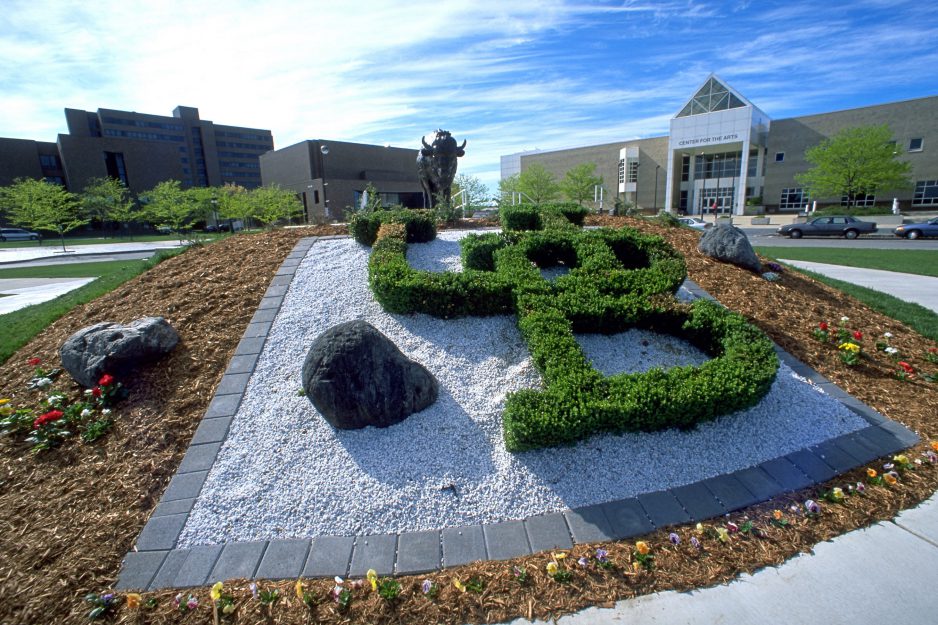

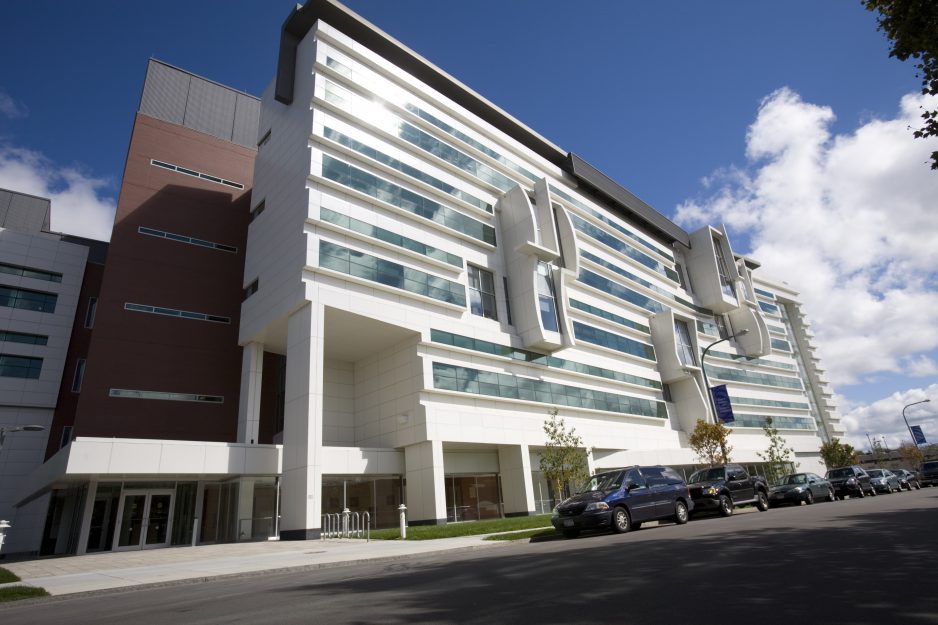

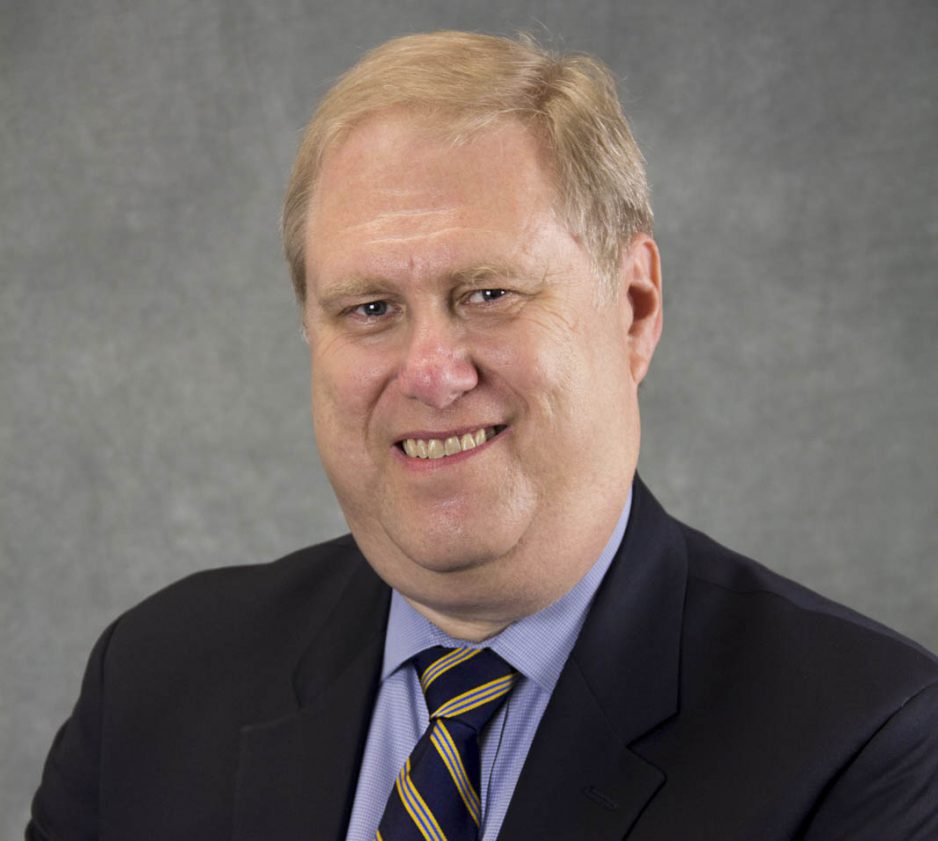


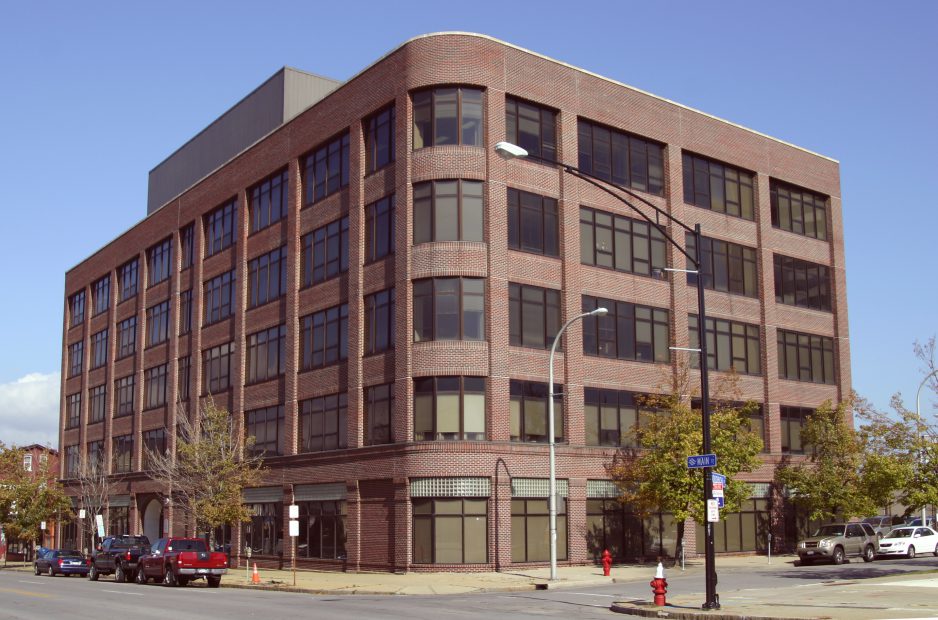
![[ photograph ]](http://www.buffalo.edu/news/thumbnails/WhiteCoatCeremony.jpg)
